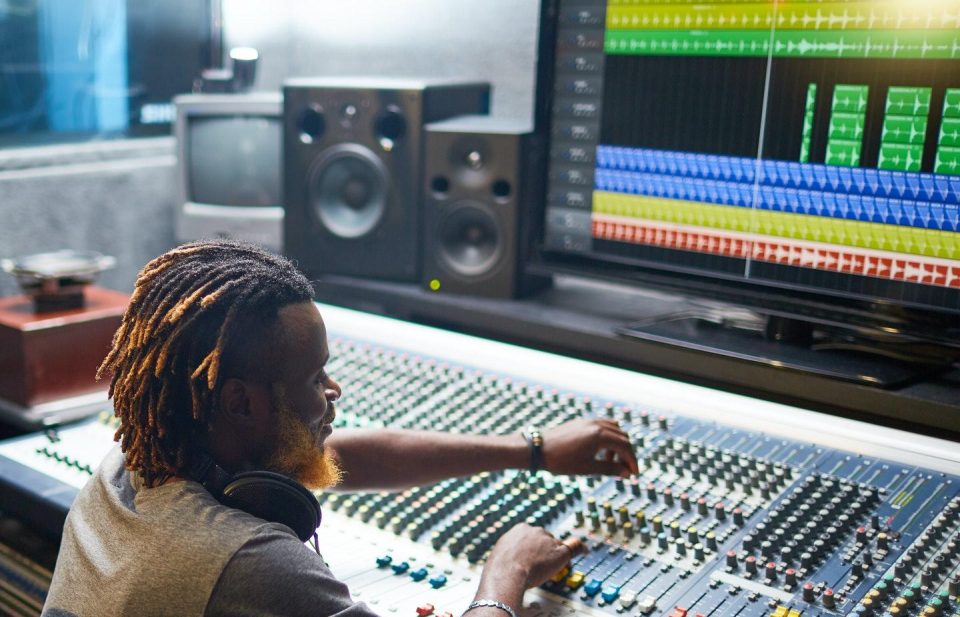You can play all day, but with recording, the real sound is all in the mix. Mixing a CD with different sounds can help you achieve various things and is one of the most important tools for putting your CD together with the different instrumentation and capabilities. Defining the mixing process and how you can use it effectively will make all the difference in how your CD sounds in the end.
The first thing to recognize is that there are two areas where mixing takes place. The first is before anyone records onto a track. All of the mixings that takes place happens between the musicians and through the sound board. This type of mixing will help to define the instrumentation for the computer software programs as well as for the musicians that are working with the mixer.
The most important part of this type of mixing is to make sure that all of the instrumentation is leveled and even with each other. It does not necessarily find a blend but instead creates similar volume levels and even balances the different instruments. This also helps to prepare the tracks for the final recording, including noise gates and deadening the sound so that the waves can be manipulated.
This stage of mixing is then redefined after all of the tracks are recorded. After this point, the mixing process depends on finding the individual instruments, their strong areas, and making sure that they sound right with those areas. By the time you begin mixing within the software program you are using, all of the instruments should be normalized. This means that the waves’ peak points will be at the same number that is calculated through the noise levels of the wave.
Mixing then becomes a way to enhance the individual instruments through the piece. While doing this, you will want to be thinking of the other instruments and how they link to this; however, this is not as important as the need to bring out the best in the instrument you are using. There are a variety of components that you can use to do this and to make sure that your mix, in the end, has a better sound.
The first part of the mix that you can use is enhancing the sound through special effects. Each instrument can have its own or can have equal effects that allow everything to sound unique. Things like creating effects for a certain type of room so that there is more resonance to building reverb around instruments are all effective parts of the mixing process that enhances the instruments.
After you have the effects, you can take the wave files and make sure that each instrument’s necessary areas are enhanced. You will want to create things such as volume envelopes throughout the piece to bring out individual instruments in some places and let them be in the background in other areas. This will help you to define what you want to come out with the most in the song. You will also want to create highs and lows within the waves of the individual instruments so that everything remains balanced within the song and with the specific instrument. The last step to the mixing process is defining the volume level and figuring out whether you want to move the levels up or keep them the same. Remember always to give yourself a room with the volume levels to balance out the levels during the pre-mastering and mastering stages.
By the end of the mixing process within the software program, you will have all of the instruments equalized with their volume levels, effects, and different sound areas. This will allow you to begin to blend in the instruments, first individually and then as a group. By understanding the details of mixing, you will have more abilities to create the exact sound that you want for your piece.




